What is the Format for IELTS Academic Writing Task 1?
The IELTS Academic Writing Task 1 depicts either of the following visual representations:
- Chart
- Table
- Graphs
- Process
- Diagram
- Map
Applicants must ideally follow the below-mentioned format to write a report in IELTS Academic Writing Task 1:
1. Introduction: Starting with an introduction provides a sneak peek into what you will explain in the report. In other words, you must play with the words in the question. The introduction can be 1-2 sentences long. Points to note while writing the introduction of the report:
- Write a crisp introduction to explain the interpretation of the diagram. For instance, The table depicts employment statistics in Australia for over 3 decades, from 1970 to 2000.
- Rephrase the question asked- You can use synonyms and alternate phrases for the words used in the text. For example, educated- literate people(phrase), knowledgeable(synonym).
- Add Specific Keywords- crucial dates, countries, genders, etc.
2. Overview: Your report must include an overview of the presented diagram. It must sum up the noticeable features, stages, development, changes, and trends showcased by the visualization. Tips to consider while writing the overview:
- Use Transition words and phrases: Using transition or linking words to connect sentences shows a strong command of the language. For example, Moreover, In addition, To conclude, Overall, etc.
- Identify Trends: Look for any significant fluctuation in the diagram, i.e., increase or decrease, high or low, etc. If a graph/diagram predicts future trends, conclude them in your own words.
- Emphasize the change in the overall trend. For example, the decline in unemployment rates.
3. Key Features: Your report would be incomplete if you did not include strong data points or facts highlighted in the diagram. Using data will strongarm your description. Key features can be figures, numbers, percentages, buildings, structures, and rooms, to name a few. Tricks to remember for including critical features in your IELTS Academic Writing Task 1:
- Specify different figures, like fluctuation or stagnation of numbers, increase or decrease in percentage, etc.
- Represent the accurate scale shown in the diagram like hundreds, thousands, millions, billions, tonnes, liters etc.
- Use the suitable number format while writing figures/numbers, like- 2,000; 20,000; 200,000, etc.
IELTS Academic Writing Task 1 Marking Criteria
The scoring pattern of the IELTS Academic Writing section often confuses students. There are four marking criteria for Task 1 of the IELTS Academic Writing. Each of the following marking criteria carries equal weightage, i.e., 25% of the total marks:
Task Achievement
It evaluates how accurately the candidate responds to the query by following all the guidelines. Providing all relevant data and facts should be part of it. You must fulfill all the following requirements:
- Draft a powerful introduction and overview;
- Highlight your content with facts, statistics, and supporting evidence
Now let's understand the band scores awarded for the task achievement criteria through the table below:
|
Band 6 |
Band 7 |
Band 8 |
Band 9 |
|
|
|
|
Coherence and Cohesion:
It emphasizes how organized the response is. Ideally, the ordering of paragraphs should be logical. Each paragraph should have a single theme. Systematic use of transition or linking words, like "To conclude," "In my standpoint," etc., is appreciated.
Now let's understand the band scores awarded for the Coherence and Cohesion criteria through the table below:
|
Band 6 |
Band 7 |
Band 8 |
Band 9 |
|
|
|
|
Lexical Resource:
This criterion emphasizes the extensive and correct use of vocabulary. Moreover, using a wide range of vocabulary and unusual lexical phrases results in a band score of 7 and above. Spelling mistakes should be prevented.
Now let's understand the band scores awarded for the Lexical Resource criteria through the table below:
|
Band 6 |
Band 7 |
Band 8 |
Band 9 |
|
|
|
|
Grammatical Range and Accuracy:
This is entirely concerned with correct grammar. Your response must include the following parameters to receive a higher band score in Writing Task 1-
- Use Comprehensive grammatical structures,
- Use of correct punctuation
- Compose error-free sentences
Now let's understand the band scores awarded for the Grammatical Range and Accuracy criteria through the table below:
|
Band 6 |
Band 7 |
Band 8 |
Band 9 |
|
|
|
|
Attend Online IELTS Academic Writing trial Class
Book Trial ClassIELTS Academic Writing Task 1 Sample Practice Questions
This section will share some IELTS Academic Writing Task 1 sample questions. There are different types of writing task 1 in IELTS Academic, as discussed below:
Bar Chart Sample Question:
The bar chart shows the percentage of people going to cinemas in one European country on different days.
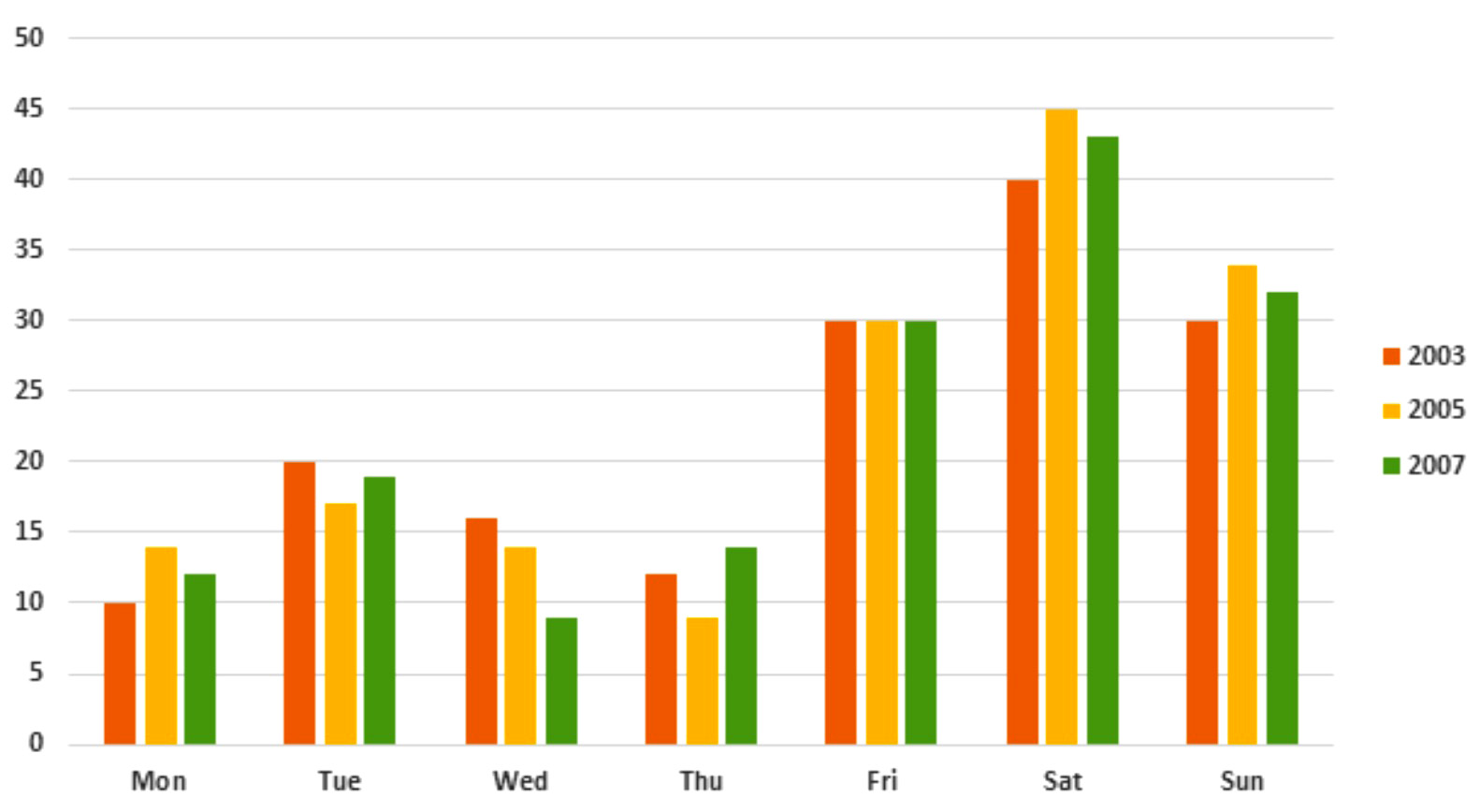
Pie Chart Sample Question
The charts below show the percentage of volunteers by organizations in 2008 and 2014.
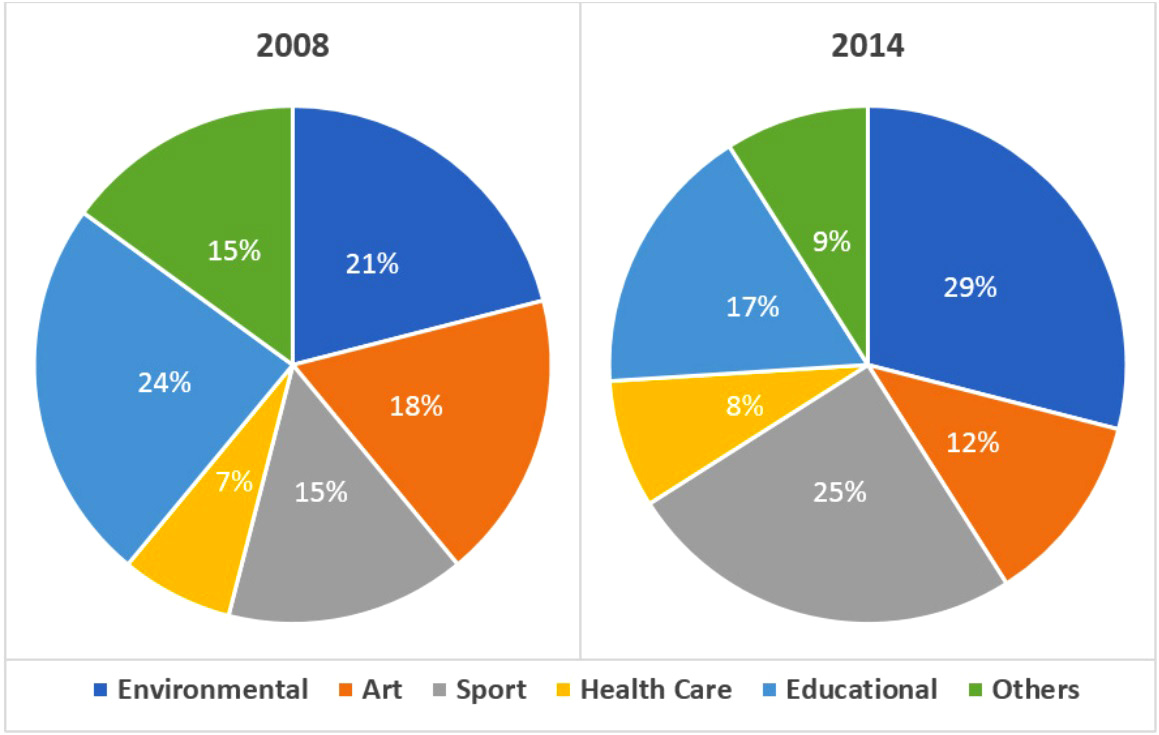
Table Sample Question
The table shows the amount of money given to developing countries by the USA, EU countries and other countries from 2006 to 2010 (Figures are in millions of dollars).
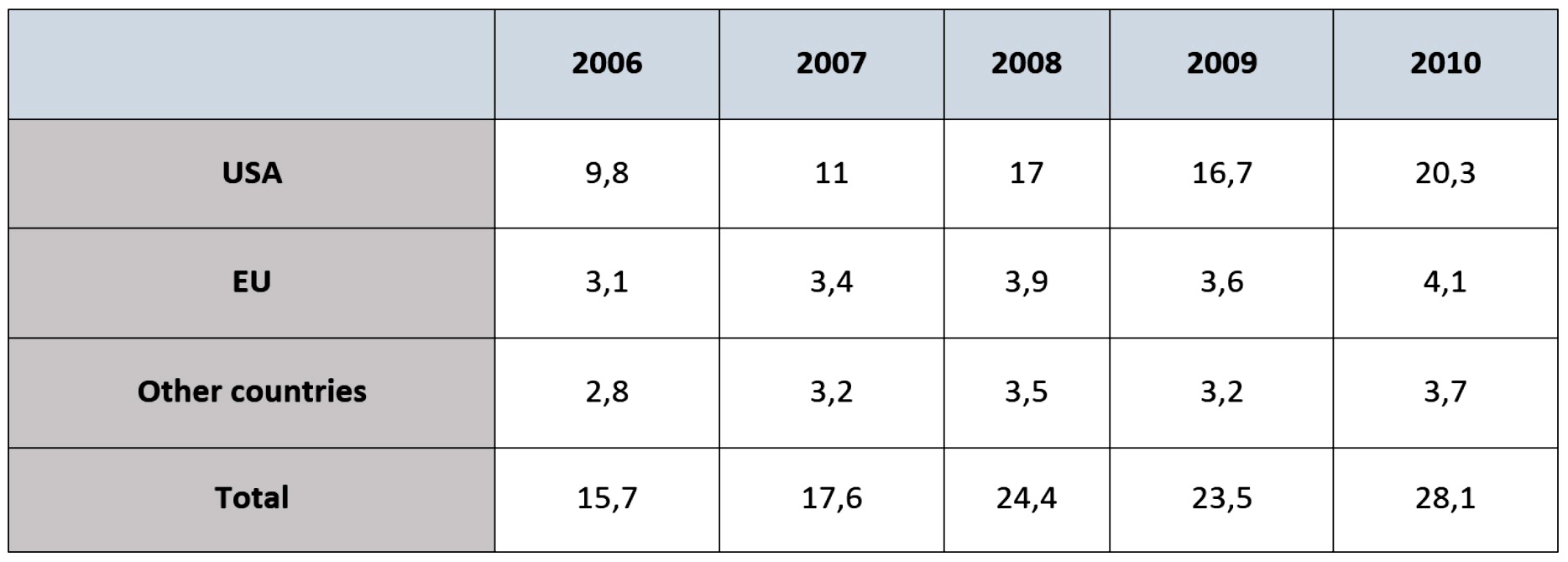
Map Sample Question
The plans below show a student room for two people and a student room for one person at an Australian university.
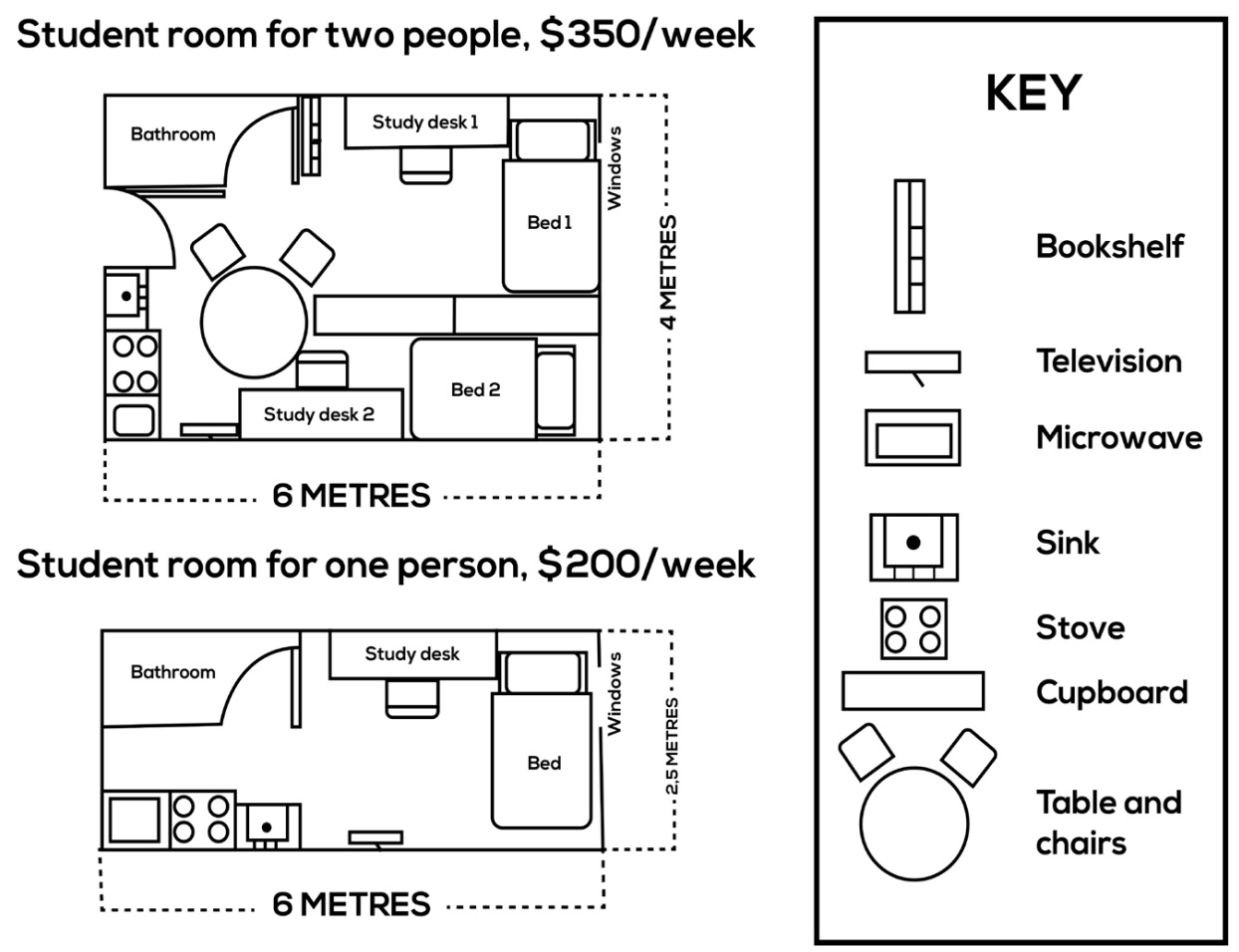
Line Graph or Line Chart Sample Question
The graph below shows the percentage of Australian exports to 4 countries from 1990 to 2012.
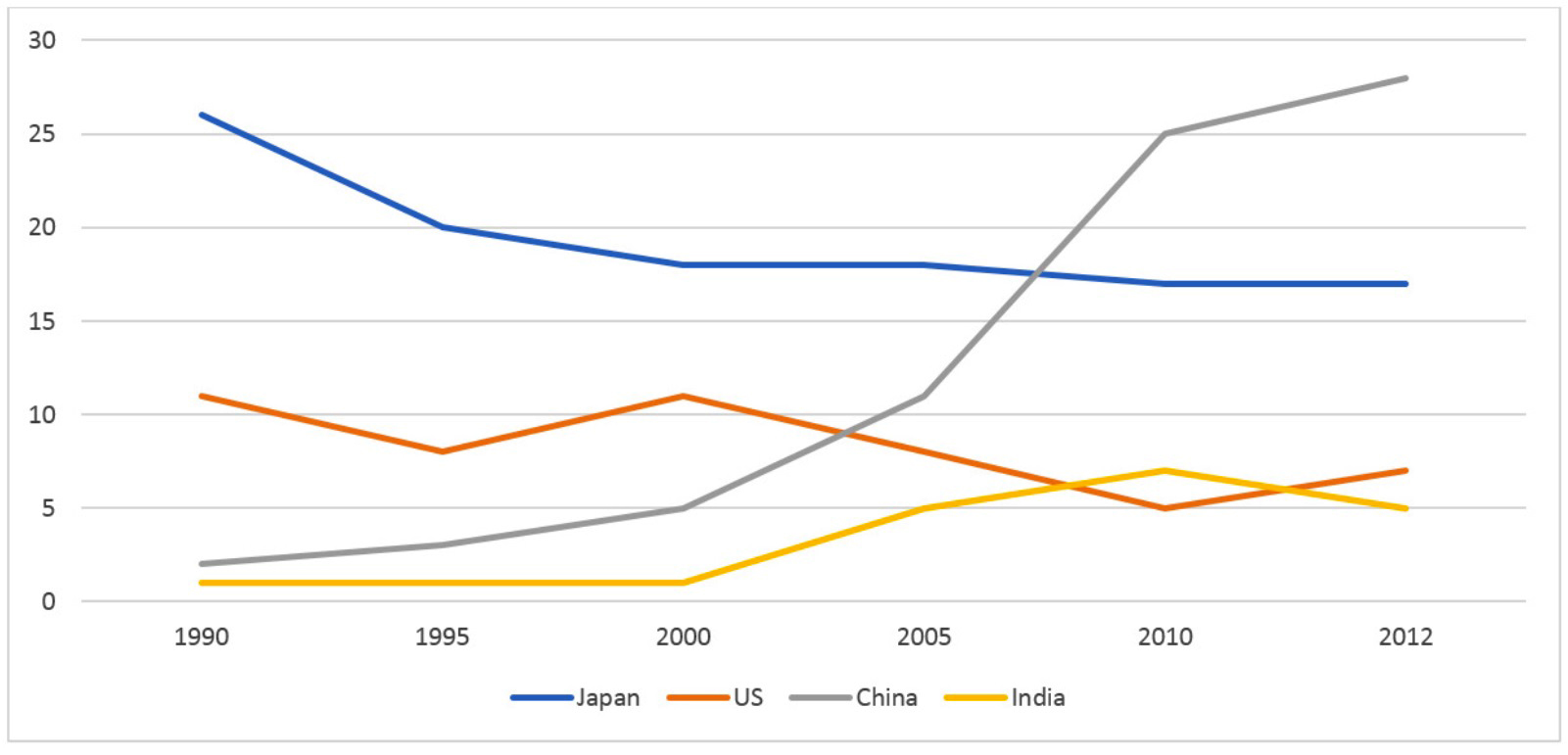
Process Diagram Sample Question
The diagram below shows how ethanol fuel is produced from corn.
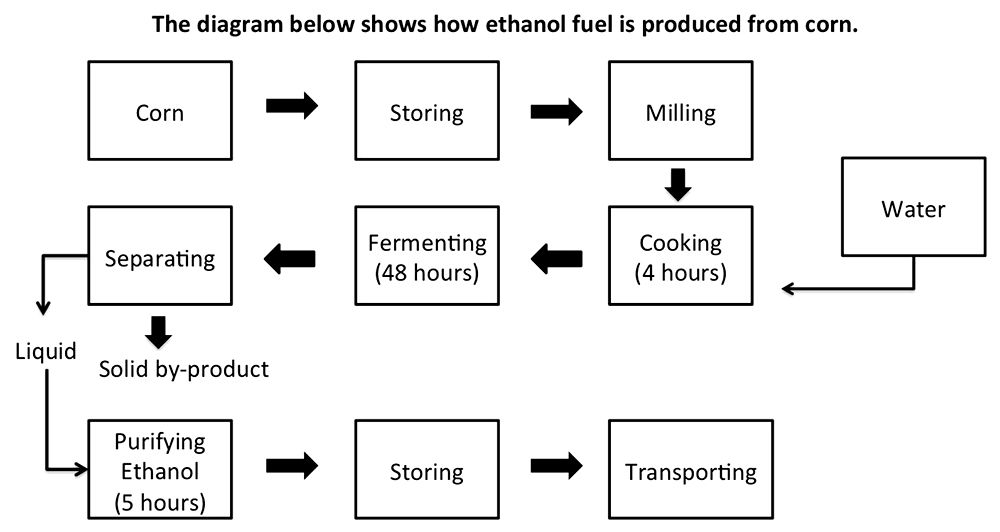
Register for IELTS Online Class
Register Now

